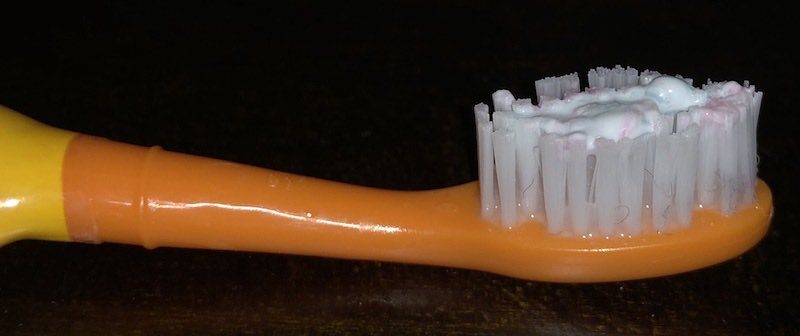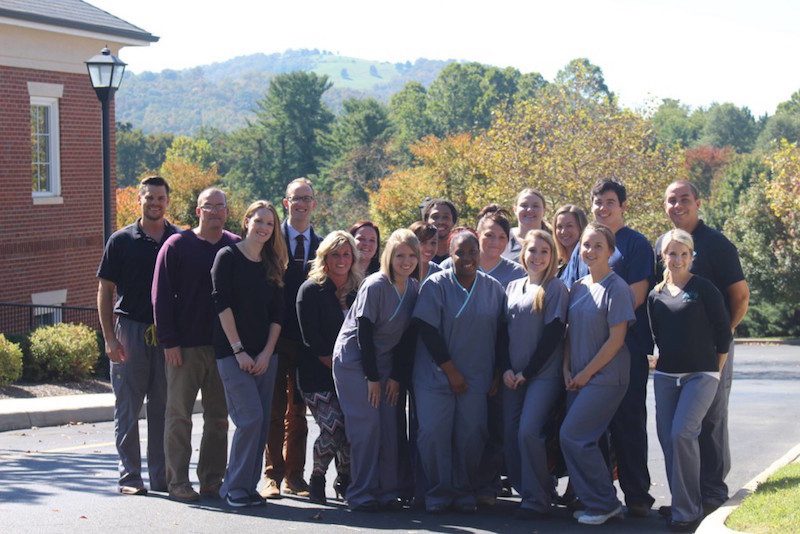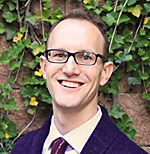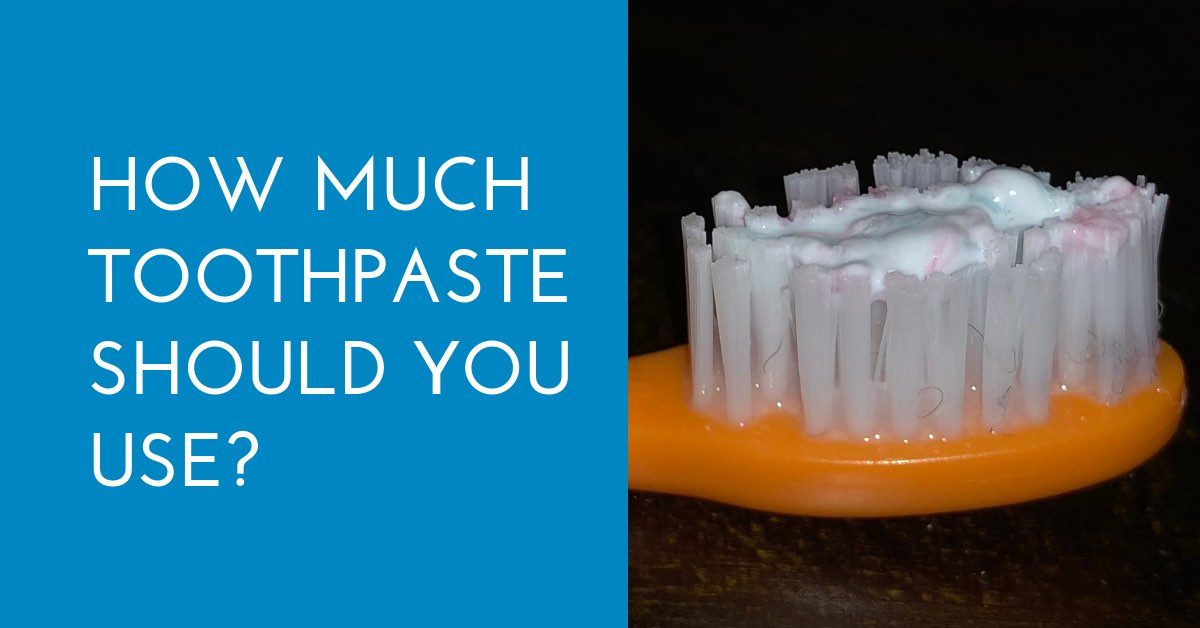Last week I was browsing on the internet and stumbled across this public health article. The aim was to educate parents about how much toothpaste is the right amount for young children. It got me thinking that if this is being addressed in large newspapers, then it might be a good idea to highlight it with the patients in my practice.
Is there a “right” toothpaste?
Parents ask me questions about toothpaste from time to time, but usually, they are about what type of toothpaste I recommend. I don’t have a preference for brands, but I do have 2 recommendations:
- Use a toothpaste with fluoride in it, as recommended by the ADA,
- Choose the path of least resistance and use whatever brand/flavor your child likes the best.
Don’t be shy to buy a few different types and have your child try them all to pick out their favorite, that’s what we did with our family.
How much toothpaste should I use?
One question that I don’t get asked very much is “How much toothpaste should I use?” We usually talk about this during the patient education part of our appointments, but it’s worth talking about it a little more in depth because there can be complications from using too much.
So, what is the right amount? Well, it depends on the patient’s age.
For kiddos less than 3 years old, use a smear of toothpaste that is roughly equivalent to a grain of rice:

For kiddos age 3-6, use a pea-sized amount of toothpaste:

Why does it matter how much toothpaste you use?
Kids have an immature swallow reflex, so they are likely swallowing whatever toothpaste you are using. If you’re applying the same amount of toothpaste that you are used to using, then your child is ingesting too much fluoride.
Children who ingest too much fluoride at young ages while their permanent teeth are still developing under the gums are at risk of developing fluorosis. This condition causes white spots or stripes on permanent teeth.
Keep this in mind…
if your child ingests a large amount of fluoridated toothpaste, he or she could experience signs of acute toxicity, or poisoning. Signs and symptoms include:
- Nausea
- Vomiting
- Diarrhea
- Abdominal cramping
- Headache
If your child is experiencing symptoms like this, call 911 and/or Poison Control.
Brush safely & effectively
In general, we want you to supervise your children to make sure that they aren’t using too much toothpaste, and also to make sure that they are brushing effectively. I’m not aware of any official guidelines or recommendations, but most kids lack the dexterity or ability to brush effectively on their own until they are between the ages of 7 and 10.
Finally, we want to see your child brushing twice a day, once in the morning and once at night.
Remember to always supervise your child when they’re brushing. Your child’s oral health is always our top priority!
Schedule your appointment today

If you’d like to learn more dental health tips for your kiddo and help them get the dental care they need, schedule your appointment today. We’re here to help!

A graduate of Loma Linda University Dental School and a resident in the Loma Linda Dental Anesthesiology Program, Dr. Will received extensive education in pharmacology, physiology, internal medicine, and general anesthesia. Dr. Will is a member of the Special Care Dentistry Association and the American Society of Dentist Anesthesiologists. He’s also a Diplomate of the American Dental Board of Anesthesiology. Dr. Will believes every patient should be treated with kindness and respect and is focused on treating the unique dental and oral health needs of all young people.


